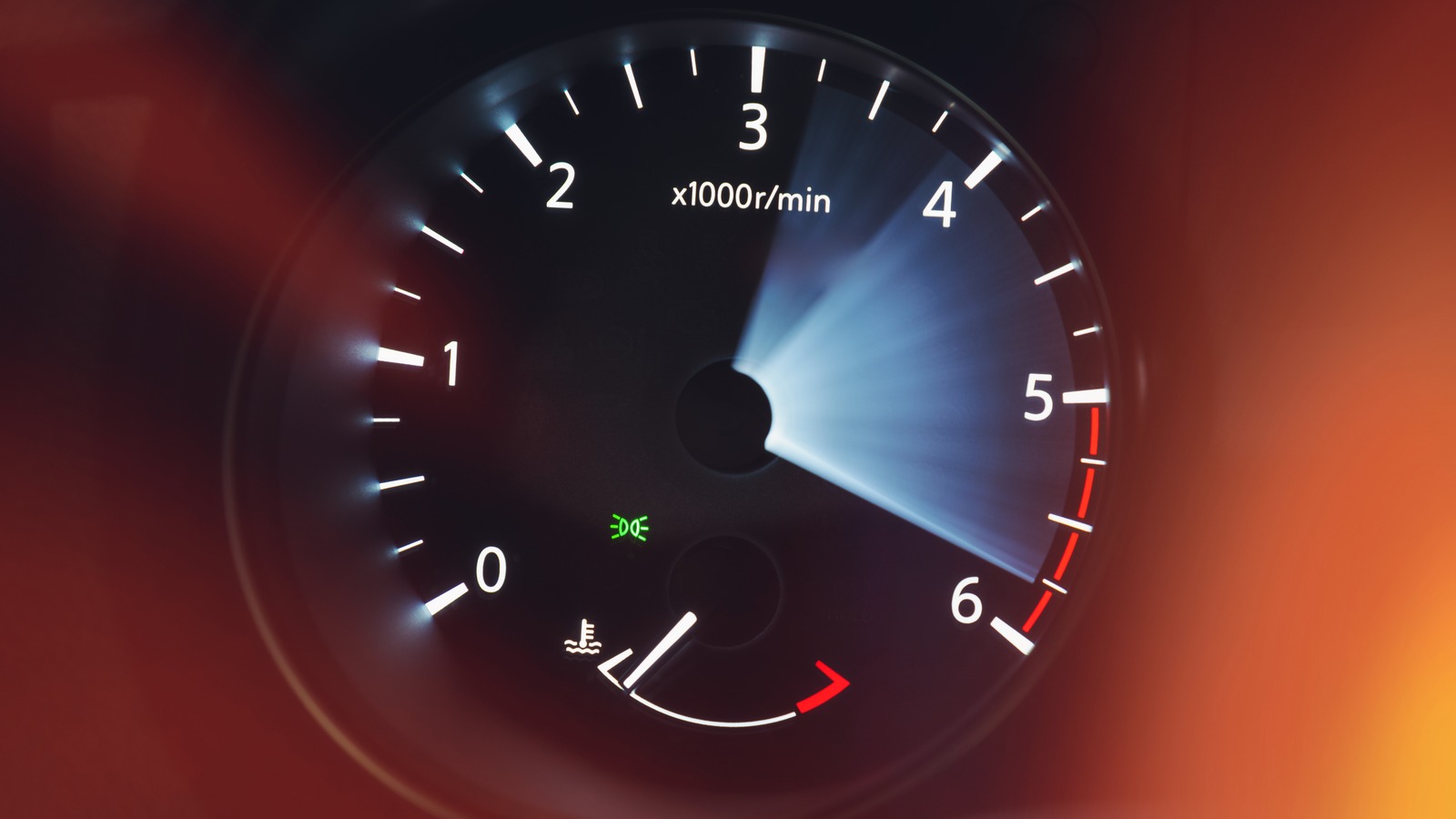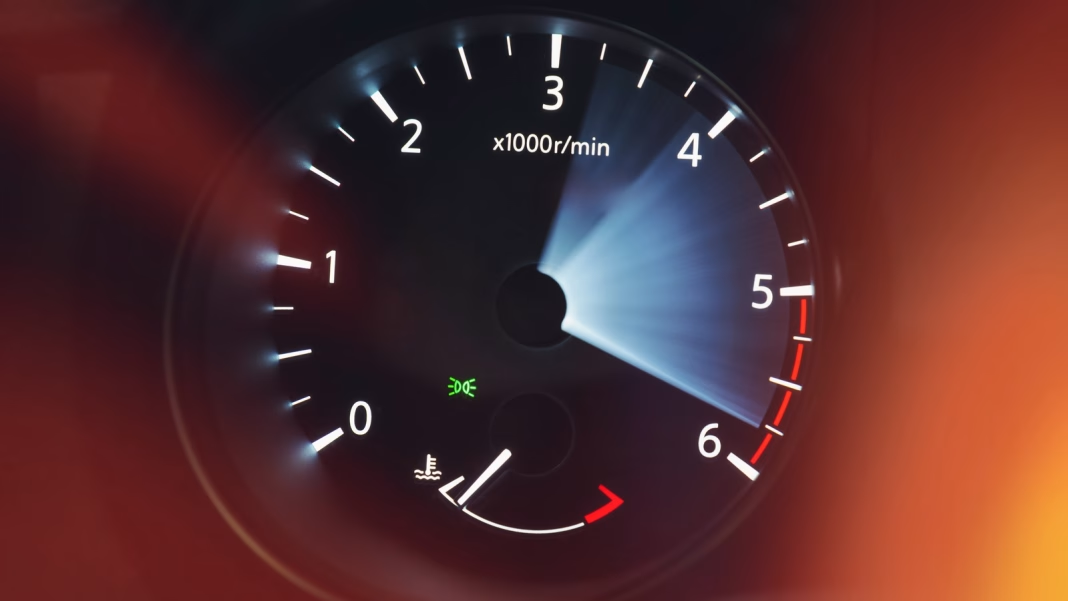Why does a Bugatti rev up to 9,000 rpm while a Camaro hits its redline at 5,500? It’s a question that sparks curiosity among car enthusiasts and casual drivers alike. The answer lies in the fundamental differences between everyday vehicles and high-performance supercars. Let’s dive into the fascinating world of engine design and performance to uncover why these machines behave so differently.
Understanding Engine Design and Purpose
At the heart of the matter is the engine design. Supercars like the Bugatti Veyron are engineered for extreme performance. They feature high-revving engines that can reach dizzying RPMs, allowing for incredible power output and acceleration. This is not just for show; it’s about maximizing efficiency and performance at high speeds. Bugatti’s W16 engine, for instance, is meticulously crafted with advanced materials and technology, enabling it to withstand the stresses of high RPMs.
On the flip side, a Camaro, while certainly a powerful car in its own right, is designed with a different purpose in mind. Its V8 engine is built for a balance of performance and everyday drivability. The lower redline of 5,500 RPM reflects a focus on torque and usability rather than sheer peak power. This means it delivers strong performance for daily driving conditions without the need for the extreme engineering required for supercar levels of performance.
The Role of Materials and Engineering
When you look under the hood of these vehicles, the differences in materials and engineering become even more apparent. Supercars often utilize lightweight materials like carbon fiber and titanium, which help reduce weight and improve performance. These materials can handle the intense heat and stress generated at high RPMs, allowing for greater engine speeds without risking damage.
In contrast, more conventional cars like the Camaro use heavier, more cost-effective materials. While this makes them more affordable and practical for everyday use, it also limits their ability to rev as high. The engineering behind these engines is tailored to provide reliability and longevity, ensuring that they can handle the rigors of daily driving without frequent repairs.
Tuning and Performance Characteristics
Tuning plays a significant role in how an engine performs. Supercars are often finely tuned to achieve maximum performance, with every aspect of the engine optimized for high RPM operation. This includes everything from the intake and exhaust systems to the fuel delivery mechanisms. The result? A thrilling driving experience that can push the limits of speed and acceleration.
Conversely, the tuning of a Camaro is geared towards providing a smooth and responsive driving experience. It’s designed to deliver power where you need it most, typically in the mid-range RPMs, which is ideal for everyday driving scenarios. This doesn’t mean the Camaro lacks power; it’s just a different kind of power, one that’s more suited for the average driver.
Real-World Implications for Drivers
So, what does this mean for you, the driver? If you’re behind the wheel of a supercar, you’re likely looking for that exhilarating rush that comes from high RPMs and rapid acceleration. These cars are built for the racetrack and can deliver an adrenaline-pumping experience that few others can match.
On the other hand, if you’re driving a Camaro or a similar vehicle, you’re getting a reliable and enjoyable ride that’s perfect for daily commutes and weekend adventures. You might not be able to rev to 9,000 RPM, but you’ll appreciate the torque and responsiveness that makes driving fun without the need for extreme performance.
The big takeaway? Understanding the differences in engine design and purpose helps clarify why supercars and everyday vehicles behave so differently. It’s not just about numbers; it’s about the experience each car is designed to deliver. Whether you’re in a Bugatti or a Camaro, each has its unique charm and purpose on the road. So, next time you’re behind the wheel, appreciate the engineering that makes your ride special, no matter the RPMs.


